










 degree of heat2234
degree of heat2234
Every summer and autumn, the coastal areas of the Northwest Pacific, the North Indian Ocean and the Northwest Atlantic are frequently hit by tropical cyclones. Many tropical cyclones with strong development will become typhoons or hurricanes. At the end of August this year, Category 4 hurricane Ida made landfall in New Orleans, Louisiana, in the northern Gulf of Mexico.

Hurricane "Ada" caused oil spill
When Hurricane Ada made landfall, the wind speed was as high as 209 kilometers per hour. After landing, Hurricane Ada swept across the central region of the United States from south to north, bringing strong winds and heavy rain disasters. As of September 8, local time, the hurricane disaster has been Caused a total of 82 deaths in multiple states in the United States. New Orleans is one of the cities with the most hurricane landfalls in the United States. In 2005, a Category 5 hurricane "Hurricane Katrina" landed in New Orleans, killing at least 1833 people and becoming the most destructive hurricane in American history.
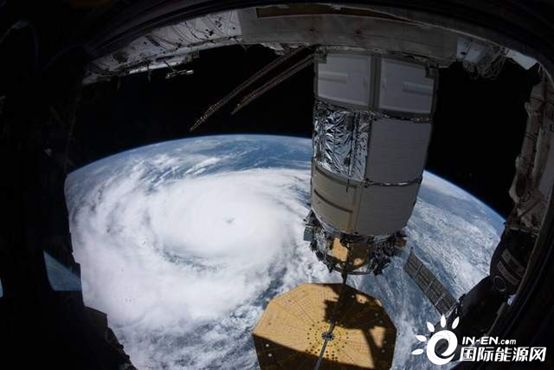
Hurricane Ida photographed on the International Space Station
Before and after the hurricane makes landfall, the main hazards include storm surges, strong winds and heavy rains. The storm surge may destroy the seawall, cause the seawater to invert, and cause flood disasters. The strong winds brought by the hurricane can cause damage to houses, trees, and infrastructure damage. Heavy rains brought by hurricanes, especially short-term heavy rains, will quickly trigger flood disasters. Heavy rains interact with storm surges and cause greater harm.
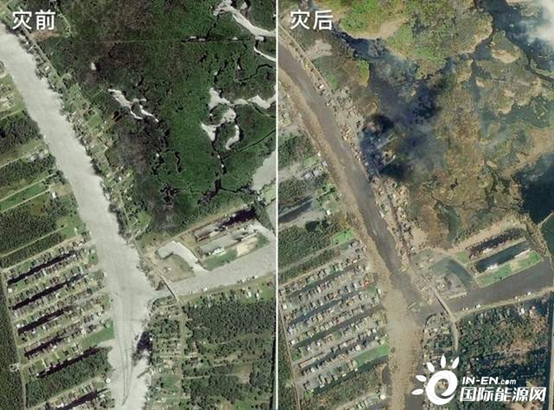
Comparison of Hurricane Ida before and after the disaster
After the hurricane, U.S. satellite photos revealed that there was a floating zone of oil pollution on the Gulf of Mexico, which means that hurricane "Ada" is likely to cause an oil spill, thus triggering an ecological crisis. A large amount of oil and oil pollution floating on the sea will cause serious ecological problems. First, it will isolate the sea and the air, reduce the oxygen content in the water, and cause the death of marine organisms such as fish. Secondly, some seabirds were unable to fly due to oil stains on their wings, leading to death. Finally, these oil pollution drifting to the shore will destroy the ecological environment of the coastal zone.
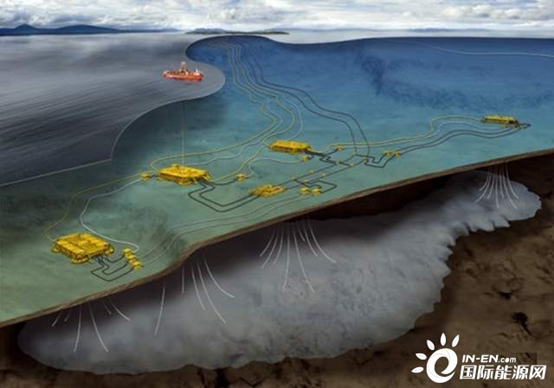
Schematic diagram of subsea oil extraction
We know that most of the underground oil is buried in anticline structures. Good oil storage structures not only exist on land, but also on the seabed. Therefore, in addition to large-scale exploitation of oil on land, humans are also conducting large-scale exploitation of oil on the seabed. The Gulf of Mexico in North America is an area with very rich oil reserves. There are a large number of drilling equipment on the sea of the Gulf of Mexico. Operation, the exploitation of submarine oil is being carried out, and this exploitation activity has been going on for decades.
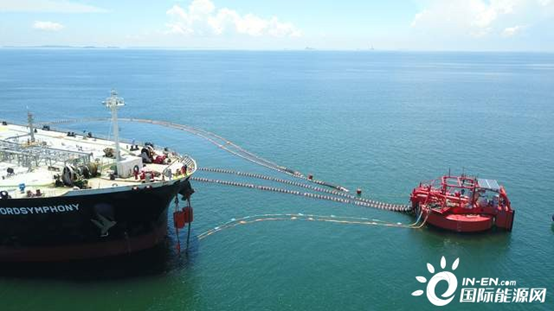
Offshore oil extraction
In order to transport oil extracted from the seabed, the United States has built a large number of oil pipelines to transport crude oil to onshore oil refineries or storage depots. Some of these numerous oil pipelines are aging, and some have been abandoned. The seabed of the Gulf of Mexico is covered with a labyrinth of pipelines, covered wellheads and other infrastructure, all of which may be damaged during a hurricane and cause oil spills. After the hurricane "Ada" crossed the border, relevant US departments received more than 1,500 oil pollution reports, and 350 of them are currently being investigated and dealt with.
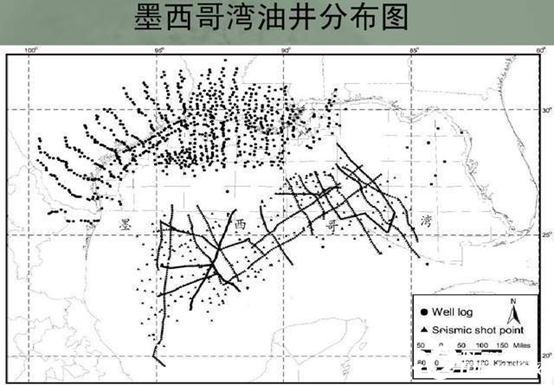
Map of Oil Wells in the Gulf of Mexico